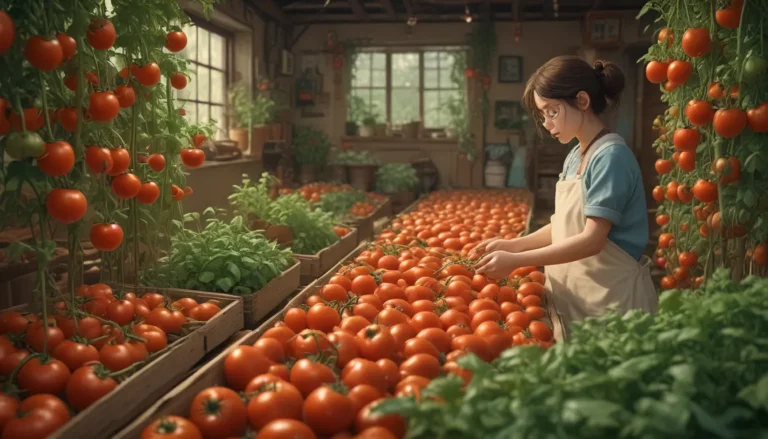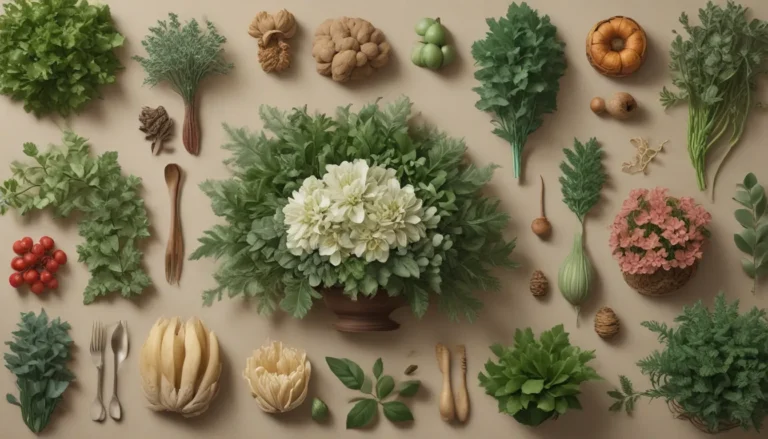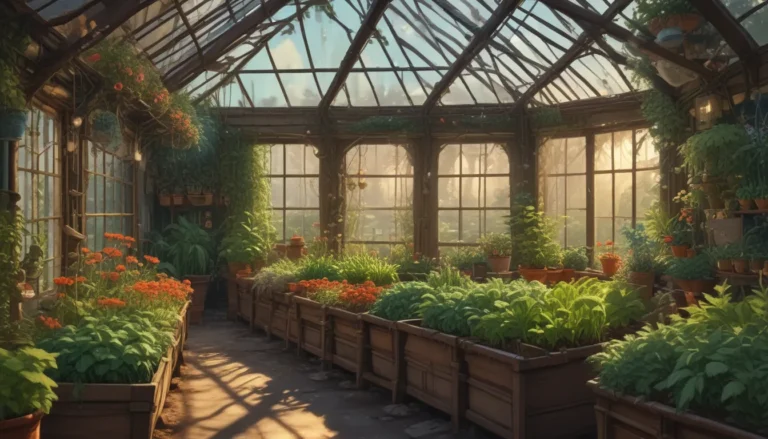Guide to Propagating Petunias from Seed

Petunias are a staple in gardens worldwide, adding charm and color to any space they occupy. With their easy care and vibrant blooms, it’s no wonder these flowers are so beloved. While you can easily purchase petunias at nurseries and stores, there’s something special about propagating them from seed. Not only is it cost-effective, but you also have access to unique hybrid varieties that may not be available elsewhere.
In this comprehensive guide, we’ll walk you through the process of propagating petunias from seed. From determining the right time to start to selecting the perfect varieties, we’ll cover everything you need to know to successfully grow your petunias from scratch.
What You’ll Learn
Before we dive into the nitty-gritty of propagating petunias from seed, let’s take a look at what you can expect to learn in this guide:
- Determine When to Start
- Pick the Right Pots
- Varieties to Select
- Sow the Seeds
- Watch the Temperature
- Provide Light
- Water, Water, Water
- Transplant
Now that you know what’s in store, let’s get started on your petunia propagation journey!
When to Start
To successfully grow petunias from seed, timing is key. It’s best to start seeds indoors, giving them ample time to germinate and mature before transplanting them outdoors. Check the last predicted frost date in your area and count back 10-11 weeks. This will give you a starting point for sowing your seeds, typically around February or March for most North American regions.
If you live in an area with a long, mild spring, you can also opt to sow seeds directly outdoors. Ensure the soil temperatures are above 60°F and frost is no longer a threat before sowing your seeds.
Pick the Right Pots
Choosing the right containers for your petunia seeds is crucial. Opt for cell trays with adequate drainage holes to prevent waterlogging the roots. If you prefer eco-friendly options, biodegradable pots like CowPots are a sustainable choice. These containers dissolve in the soil, providing nutrients to your seedlings while reducing transplant shock.
Varieties to Select
When selecting petunia varieties for propagation, consider pelleted seeds for ease of handling and moisture retention. Explore unique hybrids like Spellbound® ‘White Blush,’ Dreams™ ‘Appleblossom,’ and Superbissima ‘Giant Rose’ for a diverse range of colors and flower shapes. Experimenting with different varieties can add visual interest to your garden and showcase your gardening skills.
Sow the Seeds
Whether you choose to propagate indoors or outdoors, a quality seed-starting mix is essential for successful germination. Ensure the soil is moist but not waterlogged before sowing your seeds. Press one or two seeds per cell, spacing them according to the mature dimensions of the variety you’re growing.
Watch the Temperature
Petunia seeds are sensitive to temperature fluctuations, requiring a stable environment for optimal germination. If propagating indoors, use a heat mat and cover containers with plastic or glass to maintain consistent temperatures. Outdoors, consider investing in a cold frame to regulate temperature and protect your seedlings from the elements.
Provide Light
Petunia seeds need ample light to germinate and thrive. Indoors, use grow lights to provide 12 hours of light per day for optimal growth. Outdoor seedlings should be placed in full sun, receiving at least eight hours of sunlight daily. Adequate light exposure is crucial for healthy plant development and vibrant blooms.
Water, Water, Water
Consistent watering is essential for petunia seedlings, ensuring they remain hydrated and healthy throughout their growth cycle. Keep the planting medium moist but not waterlogged, aiming for a moisture level similar to a wrung-out kitchen sponge. Monitor soil moisture daily and adjust watering frequency as needed to support seedling growth.
Transplant
Once your petunia seedlings are robust and the threat of frost has passed, it’s time to transplant them into the garden. Harden off your seedlings gradually to acclimate them to outdoor conditions, starting with an hour of exposure and gradually increasing the duration each day. When transplanting, space your plants based on their mature size, ensuring adequate airflow and sunlight for optimal growth.
Plant More Petunias
Propagating petunias from seed is a rewarding experience that allows you to cultivate unique varieties and save money in the process. By exploring different hybrids and experimenting with propagation techniques, you can create a stunning garden filled with vibrant blooms that reflect your gardening style.
Now, it’s your turn to share your petunia propagation journey. What varieties are you excited to grow? Do you have a specific hybrid in mind, or are you open to discovering new favorites? Join the conversation in the comments below and showcase your petunia gardening success!
Looking to expand your petunia knowledge further? Check out our additional guides on:
- 19 of the Best Purple Petunia Varieties
- How to Identify and Manage Common Petunia Pests
- Your Complete Guide to Overwintering Petunias
As you embark on your petunia propagation adventure, remember that each seedling represents a unique opportunity to cultivate beauty and creativity in your garden. Enjoy the process, experiment with different varieties, and watch your petunias bloom into a colorful masterpiece that reflects your passion for gardening. Happy propagating!





